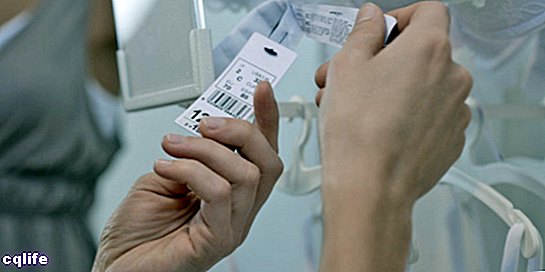We explain what the offer is, its characteristics and how it is related to the demand. In addition, what are the elements that determine it.
The offer represents all the goods and services offered in a market.What is offer?
The term offer comes from the Latin offerre, What does it mean to offer. This word has different meanings, one of them could be defined as the promise to fulfill or deliver something. It can also be understood as a price reduction. But where the concept acquires the greatest importance is in Economy, where it is understood as one of the market engines.
The offer can be defined as the quantity of goods and / or services that the different organizations, Business or people have the ability and desire to sell in the market, in a certain period weather Y space, in a particular pecuniary value, in order to satisfy wishes and / or needs.
The supply law It is understood as the variation in the availability of goods and services in a market, whose changes are closely linked to the change in prices. If the prices are high, the supply increases, on the contrary, if the prices fall, the supply will do the same.
Offer items

Some key elements of the offer are the following:
- Sales disposition. In this case, we speak of the wishes of the seller or producer to offer their merchandise or service. These wishes are usually determined by the prices of the offer, as has been explained in the law of supply. If prices are high, sellers want to offer their good or service. Otherwise, many times they choose to keep it.
- Sellers. When talking about sellers, reference is made to physical subjects or to any type of organization or company that has the capacity to offer the goods and / or services.
- Quantity. In this case, reference is made to the precise number of each product or service that sellers want to offer in the market.
- Sales capacity. This element does not depend on the will of the sellers but rather on what they have the possibility of producing or offering in a certain period of time and at a certain price.
- Wants and needs. When you talk about buyers' wishes, you are not talking about specific needs, but rather about wishes. For example I want a jacket or jacket of a certain brand. Instead the needs are certain basic requirements of the persons of which they have been deprived, for example the need for shelter.
- Market. This is the place where goods and / or services can be exchanged for money. This space can be physical or virtual, for example by means of Internet.
- Lapse of time. In this case, it refers to the cycle in which the goods and / or services can be found in the market. It can be weeks, months, years.
- Price. When talking about prices, reference is made to the pecuniary value expressed in a certain currency that the products and / or services have.
Offer and demand

Supply and demand are two terms that are closely linked. When talking about demand, it refers to the amount of goods and / or services that people want to purchase. The offer is another of the market engines.
When these two market forces come together, they are the determinants of the quantity of goods and / or services that will be produced and at what price they will be sold. The presence of any other agent is not necessary to set the prices in the case of free supply and demand.
However many times governments They decide to intervene in the formation of prices and in the availability of products or services. To do this, various techniques can be used, such as granting subsidies so that prices are lower or production increases. Other times you try to decrease that consumption or production and for this you can increase tax burdens.
